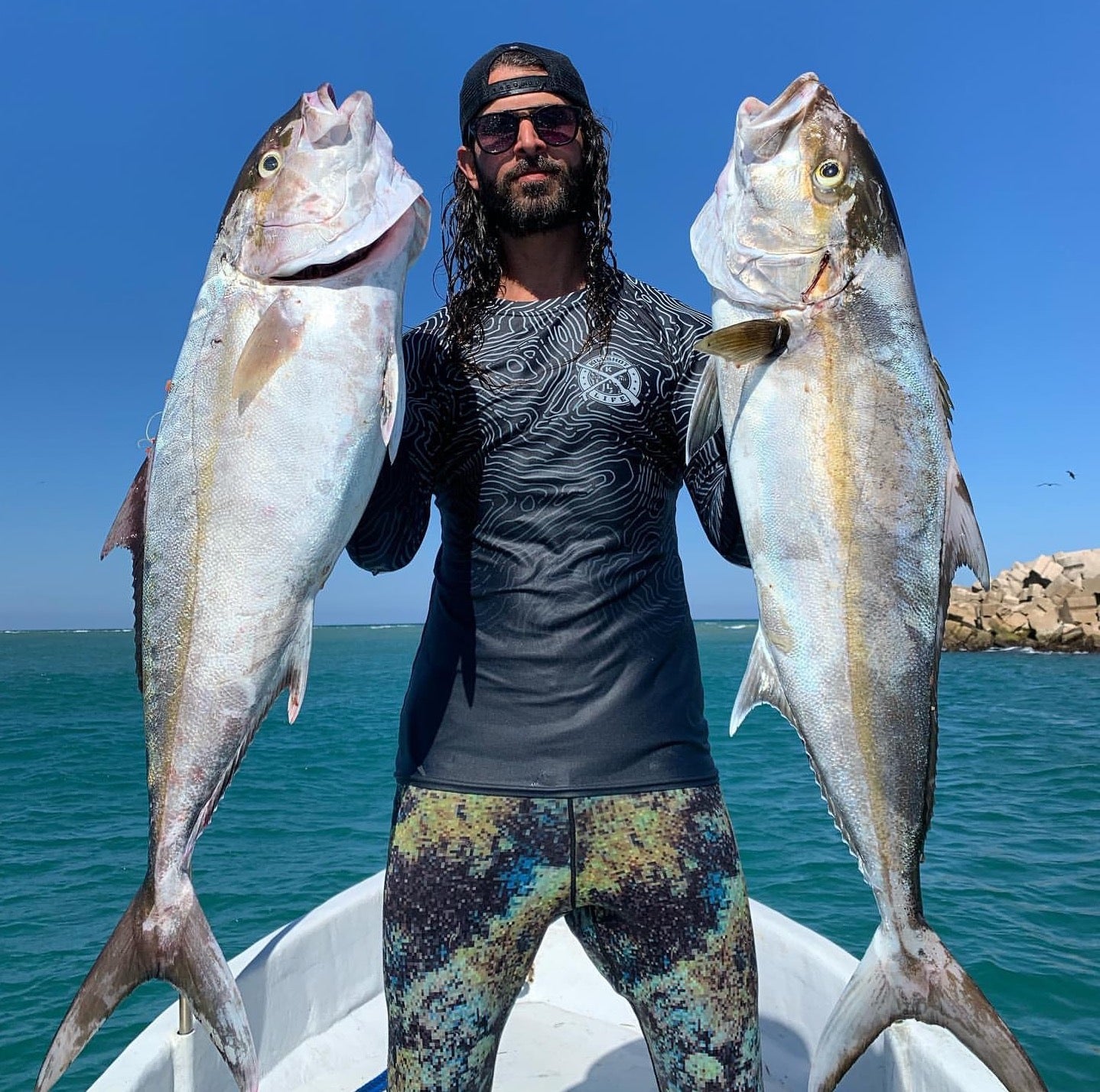Eating The Heart
Share

Your first tuna, your first deer - did you partake in the time honored tradition of eating (or taking a bite from) the heart? For those of us who choose the shot not bought life, it usually is.
Throughout history, humans have been fascinated by rituals and traditions associated with the natural world. One intriguing practice that has been passed down through generations is the consumption of the heart of the first prey killed in a new species. This ancient ritual is believed to hold profound significance and is often regarded as a symbolic connection between humans and the animal kingdom. In this blog post, we will delve into the origins, cultural contexts, and potential meanings behind this practice. Want to jump straight in to bring your hunting equipment up to speed? Click here for some ideas.
A Ritual Rooted in Tradition: The consumption of the heart of the first prey in a new species has roots in various ancient cultures across the globe. Indigenous peoples from different regions, such as Native Americans, Maori, and certain African tribes, have historically incorporated this practice into their rites of passage, spiritual ceremonies, or hunting rituals. It is important to recognize that these rituals are deeply embedded in cultural beliefs and should be approached with respect and sensitivity.
Symbolism and Beliefs: The act of consuming the heart is laden with symbolism and beliefs that vary among cultures. One prevailing interpretation is the belief that the heart, as the central organ of an animal, holds the essence of its spirit and life force. By ingesting the heart, it is thought that the hunter assimilates the animal's strength, courage, and vitality, forging a spiritual connection with the species and expressing gratitude for the sacrifice made.
In some cultures, the ritual serves as a rite of passage or initiation into adulthood. Young hunters are often required to partake in this practice to demonstrate their readiness and establish a bond with nature. The act also serves as a reminder of the interconnectedness between humans and the natural world, emphasizing the responsibility of hunters to respect and sustainably manage the environment.

Ethical Considerations: While the consumption of the heart of the first prey may be steeped in cultural significance, it is essential to consider the ethical implications surrounding hunting and animal welfare. In modern times, as we become more conscious of sustainable practices and animal rights, it is crucial to ensure that hunting practices are conducted responsibly and with utmost respect for the species being hunted.
When examining cultural rituals, it is essential to acknowledge the broader context and understand that certain traditions may no longer align with contemporary ethical standards. Encouraging dialogue and promoting sustainable hunting practices can help strike a balance between cultural preservation and ethical considerations.
The practice of consuming the heart of the first prey in a new species is an ancient ritual that has traversed time and cultural boundaries. Rooted in symbolism and beliefs, it serves as a means of connecting humans to the animal kingdom, emphasizing the sacred bond between humanity and nature. While it is important to appreciate the cultural significance of such rituals, it is equally crucial to ensure that hunting practices are conducted responsibly and ethically, with a focus on sustainability and animal welfare.
In our increasingly interconnected world, it is essential to strike a balance between cultural preservation and evolving ethical considerations. By fostering an understanding of diverse traditions and engaging in respectful dialogue, we can navigate the complexities surrounding cultural rituals, preserving ancient wisdom while embracing contemporary ethical standards.
Ready to gear up and collect your own heart? Here's a starting point.
At KILLSHOT Life, we embody the spirit of the ethical hunter, and we invite you to be part of this journey with us. Follow us on social media and become a part of a community that values integrity, skill, and respect for the wild.
Click here to find KILLSHOT Life on Instagram.
Click here to find KILLSHOT Life on Facebook.
Click here to join our Facebook Group and share your hunts.












